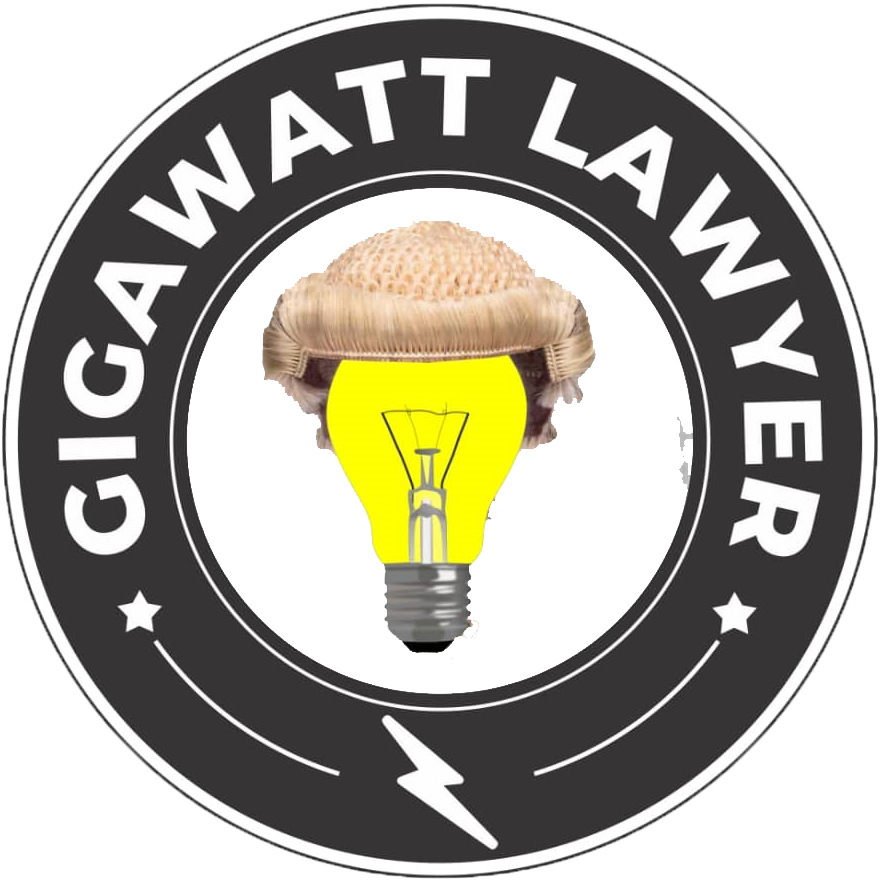Let’s face it: running a DisCo in Nigeria is no walk in the park. Between chasing after revenue, keeping the lights on, and making sure customers don’t feel shortchanged, it’s a daily juggling act. Now, toss in the current Capping Order, and things get even more interesting, especially as DisCos prepare to dive into the medium-term electricity market.
What’s This Capping Order Anyway?
The Revised Order on Capping of Estimated Bills was designed to protect unmetered customers from outrageous bills and give DisCos a reason to get everyone metered, pronto. Sounds fair, right? Well, according to the DisCos, the current method could use a little tweaking to actually hit those targets.
Some DisCos claim they’re losing up to 40% of their energy at the billing stage, thanks to capping. That’s not just a dent in the wallet; it’s a full-on existential crisis! After a lot of back-and-forth (and probably more than a few cups of coffee), some DisCos have come up with a few bright ideas to fix the capping headache:
Proposal 1: Metering Distribution Transformers (DTs) & Tweaking the Capping Order
Metering the distribution transformers themselves could be a game-changer, especially in places where slapping a meter on every single house just isn’t practical (or affordable). Here’s how it could work:
- Aggregate Consumption Measurement: Stick a meter on the transformer, measure the total energy going out, subtract what’s already been billed to metered customers, and—voila! You’ve got a pretty good estimate for the unmetered folks.
- Using Average Hourly Consumption for Band A & B Feeders: Take the average hourly usage of prepaid metered customers in Bands A and B, and use that as a template for estimating what unmetered customers are likely using. Why Bands A and B? Because with their longer and more reliable supply, it’s easier to spot patterns and make accurate guesses. More stable power means people’s habits are easier to track. Less guesswork, more accuracy.
- Less Generator Drama: When the power’s always on, people aren’t flipping between NEPA and their noisy “I better pass my neighbour” generators. That means the numbers actually make sense.
- Better Data Collection: Smart meters can send real-time info, so billing is based on real usage, not wild estimates.
- Smarter Load Management: With better data, DisCos can distribute power more efficiently and cut down on losses.
Let’s put some numbers to it. If Band A and B customers average 0.5 kWh per hour, here’s what capped energy might look like:
Band Hours/Day Monthly Cap (kWh)
D 10 0.5 x 10 x 30 = 150 kWh
C 14 0.5 x 14 x 30 = 210 kWh
B 18 0.5 x 18 x 30 = 270 kWh
A 22 0.5 x 22 x 30 = 330 kWh
Other Proposals on the Table
Customer Segmentation & Load Profiling: Instead of a one-size-fits-all approach, group unmetered customers by type (residential, commercial, industrial), and allocate energy based on things like appliance count and household size. It’s like matchmaking, but for electricity usage.
Cap Values Based on DT Meter Readings: Why stop at the feeder level? Drill down to individual transformers for more accurate caps. Use the last three months’ data to set monthly caps because nobody likes a surprise on their bill.
Ditch Faulty Meter Data: Old or broken meters can really mess up the numbers. Treat their data like that one friend who always exaggerates. Ignore the outliers so the average reflects what’s actually happening.
Update the Baseline Average: Still using 2021 numbers? Time to get with the times and use a 2024 baseline, so the data actually matches today’s reality.
Wrapping Up
At the end of the day, these tweaks aren’t just about helping DisCos sleep better at night (though that’s a nice bonus). They’re about making sure unmetered customers get a fair shake, bills make sense, and the whole electricity market runs a bit smoother. Because, let’s be honest, nobody wants to argue with their DisCo or their generator every month!




